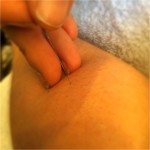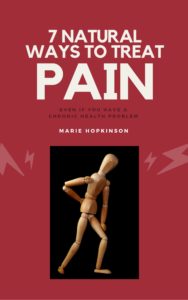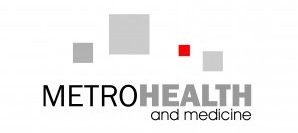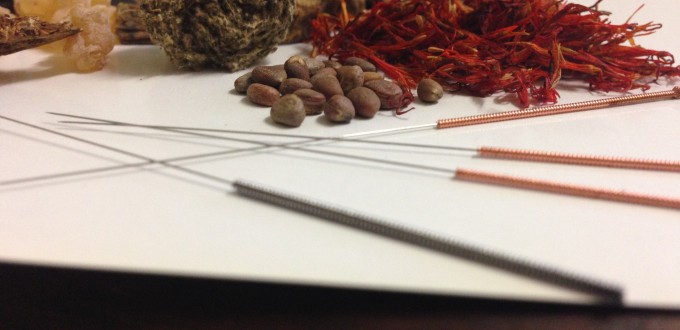Sciatica is one of the most common pain’s an acupuncturist typically sees.
There are lots of variations of treatments that can be used by an Acupuncturist, and even Chinese herbs are available as a treatment option.
Cupping, Moxibustion and Electro acupuncture are common treatments for sciatic pain, but before we go into these treatments, let’s talk about the cause and the symptoms.
When something is pressing on the sciatic nerve it causes a stimulation of the nerve, which then can cause pain, numbness and/or tingling. Some people get pain in their lower back, groin, leg – side or back of leg – hamstring – calf areas are common. Sciatica can present with many combinations of these symptoms.
As part of my training in China, I spent a month in the prolapse disc clinic at the Hangzhou Traditional Chinese Medicine Hospital. Seeing hundreds of patients with prolapse disc, sciatica and low back pain I was able to learn from doctors who specialise in this area and see some of the worst cases who had reached the end of the road in terms of painkillers and western medical interventions. Common treatments combined Chinese massage (Tuina) with acupuncture and herbs.
Common questions about back pain:
- How many treatments will I need?
Usually around 3-6 treatments are enought to get pain relief and start getting to the root of the problem. For patients with a prolapse disc, or disc degeneration more treatments may be needed to get pain under control, and regular maintainence treatments around fortnightly to monthly may be needed. Disc prolapse can heal but it takes a long time. Acupuncture can assist with a quicker recovery and reducing of scar tissue.
 2. How often should I have treatments?
2. How often should I have treatments?
2 – 3 times week for an acute flare up, if you are just doing acupuncture, maybe just 2 in the first week if you are also taking herbs.
then weekly or twice a week until the pain is resolved.
3. Whats the best treatment – Massage or Acupuncture or herbs for acute back pain?
Using herbs can significantly speed up the treatment results, compared to just using acupuncture alone, however acupuncture provides often instantaneous relief that is a welcome relief for someone in intense, crippling pain.
The main difference between massage and acupuncture for acute pain is that massage will always inevitably stir up the area of pain – that may be useful for some cases, as inflammation of the local tissue is a natural way of instigating healing, but there are other much less invasive approaches with acupuncture.
Known as “distal needling” – which means needling areas associated with the painful area, but not the painful area itself…in this case we might needle arms and legs but not the lower back itself. With distal needling, instant change is the goal. In most cases, people experience a pain relief, tingling or tightness reducing in the sore area while the distal needles are in. Distal needling methods are used by Dr Tan Acupuncture Method, or the Balance Method, or known as a Mirroring approach of acupuncture.
There are lots of other approaches to treating sciatica, including Moxibustion and cupping. You can also learn more about chinese herbal medicine and the style of practice in our related articles via the links.
Remedial Massage and Chinese Tui Na Masssage are ways of treating the problem by causing a little local stimulation which helps relax the muscles, aids blood flow to get to thearea, usually warms it and can actually increase or produce a new inflamation that the body responds to in a healing way. Local treatments of massgae, acupuncutre, moxibustion, cupping are often a good way to treat chronic pain at some point in the treatment strategy.
In some cases, when a local treatment increases the aggravation too much, the more distal needling approach of acupuncture can be used.
 You can also request a free copy of Marie’s Ebook, 7 Natural Ways to relive pain here.
You can also request a free copy of Marie’s Ebook, 7 Natural Ways to relive pain here.
NOTICE: this information is provided in public interest of keeping people healthy as possible. Common sense should always be applied. Too much of anything can be hazardous to health. This information is not intended as a substitute for medical advice or diagnosis by a health practitioner. If you have a health condition, you should check with your health care practitioner before using foods as medicine treatments, if you are in any way unsure about the suitability of the food agents, herbs or recipies for your body. In an medical emergency always contact emergency services, call 000 in Australia.
This article is written by Marie Hopkinson, the Chinese Herbalist & Acupuncturist at Metro Health and Medicine in North Perth. Marie is available for consultation by calling 1300 132 830 or email [email protected]

